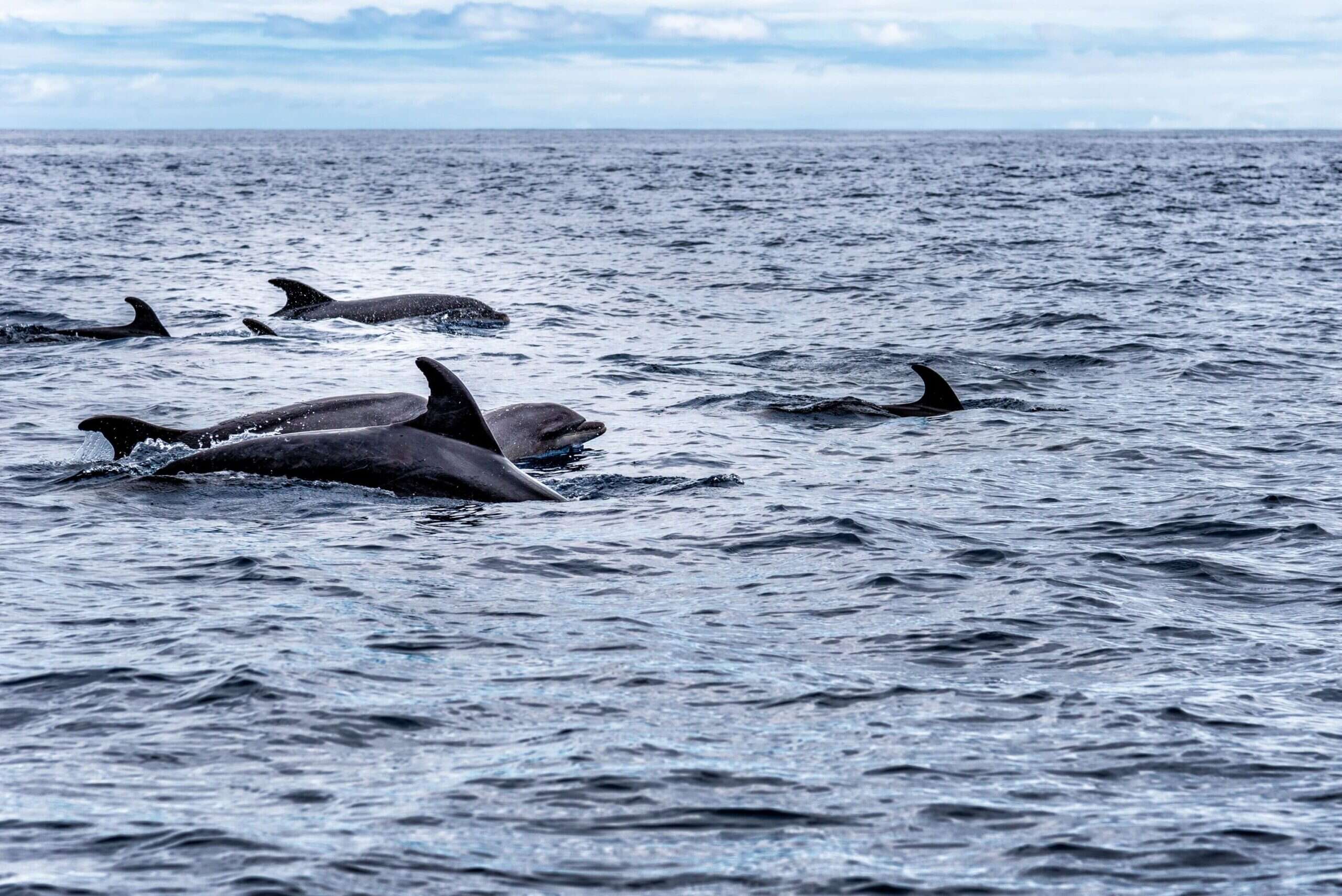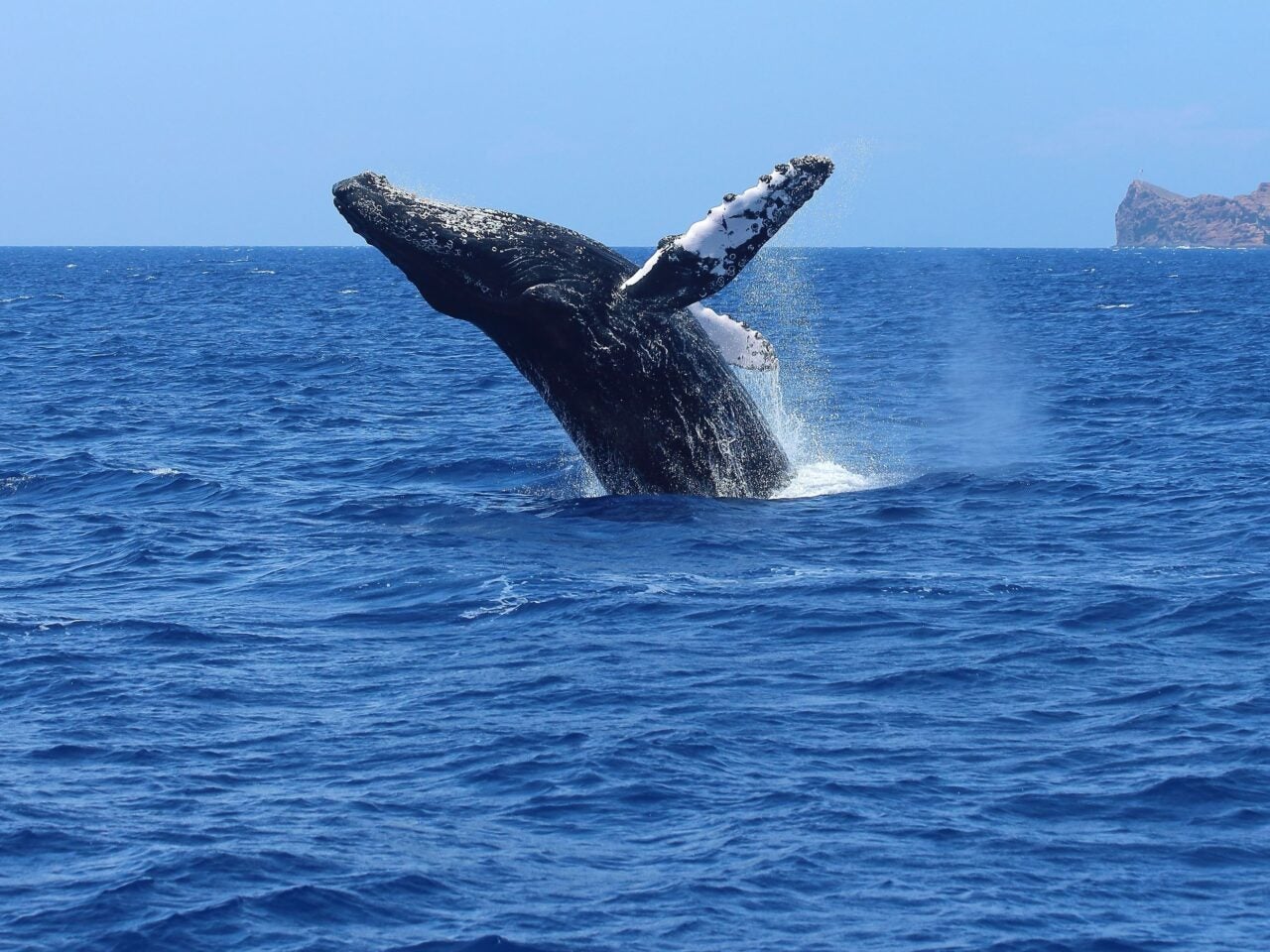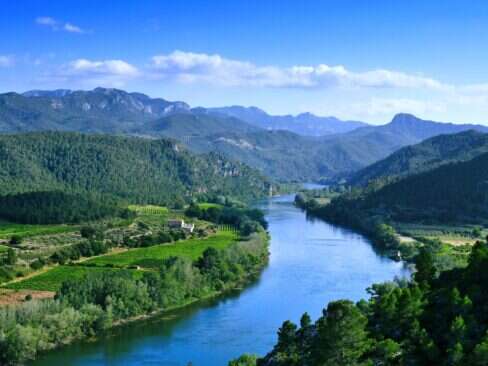When planning your next trip to Spain what springs to mind? Perhaps you’re hoping to spend long, lazy days at the beach, a glass of sangria in hand. Or maybe you already have a list of iconic architectural landmarks you want to visit.
Venture beyond the coast, though, and there is so much more to discover. Spain is home to an incredible array of marine habitats dotted across the Atlantic, the Bay of Biscay and the Mediterranean Sea, making it one of the best places in Europe for whale watching.
Whether you decide to head out on a traditional expedition vessel or opt to charter a private yacht, you can expect to catch a glimpse of all sorts of sea-dwelling creatures, from short-finned pilot whales to bottlenose dolphins and giant squid.
Most excursions are focused around the Canary Islands but you can also spot whales off the northern coast in the Cantabrian Sea and close to the southernmost corner of Spain in the Gibraltar Strait. With all this choice, deciding where to begin can be tricky so we’ve created this short guide to the very best places for whale watching in Spain.
[See also: The Best Scuba Diving Spots in Spain]
Canary Islands

Located off the coast of Morocco in an area of the Atlantic Ocean where the cold waters from the north meet the warmer tropical waters of the south, the Canary Islands are one of your best bets when it comes to whale watching in Spain.
The waters around the rugged Spanish archipelago are home to several species of migratory whales including orcas following bluefin tuna back to the Mediterranean Sea during the summer, and humpback whales passing near the islands en route to their breeding grounds in the Cape Verde Islands from November to February.
Throughout the year, you can spot resident pilot whales in the waters around Tenerife, as well as bottlenose dolphins and minke whales feeding on shoals of sardines. Other sightings include Atlantic dolphins and, if you’re lucky, you might even see a blue whale (the elusive mammal was caught on camera for the first time in four years off the coast of Tenerife in May).
We recommend opting for a private catamaran charter for an afternoon of whale watching and snorkeling with a gourmet lunch (hotel pickup is available in the south of Tenerife and boats depart from the Puerto Colon marina).
Mediterranean Sea

Another popular spot for whale watching in Spain is Tarifa on the southernmost tip of the Iberian Peninsula. Starting in early spring, pods of killer whales begin arriving at the entrance to the Mediterranean Sea to hunt bluefin tuna in the Strait of Gibraltar (they start their migration back to the Atlantic in August).
Tarifa is a great place for spotting striped dolphins, bottlenose dolphins and long-finned pilot whales (also part of the dolphin family) throughout the year. You may also catch a glimpse of fin whales, minke whales and sperm whales during the spring and summer months.
Consider booking a whale watching tour from Tarifa – Firmm offers an array of different trips from two-hour excursions to entire observation weeks with a marine biologist. When you’re not on the lookout for wildlife, Tarifa is also an excellent spot for kitesurfing thanks to the strong winds.
[See also: Angler’s Paradise: The Best Fishing Destinations in Spain]
Cantabrian Sea

No guide to whale watching in Spain would be complete without mentioning the Cantabrian Sea. Off the shores of the Basque Country you can expect to spot pilot whales, striped dolphins, bottlenose dolphins and harbor porpoises – especially during the spring and summer months.
Other less common species found in the Bay of Biscay include fin whales, sperm whales and two types of beaked whales: the Northern bottlenose whale and the Curvier’s beaked whale. Rare sightings of blue whales, humpback whales and Atlantic white-sided dolphins have also been recorded by a very lucky few!
Wildsea Europe is a solid choice offering full day whale watching excursions departing from the Port of Mutriku’s harbor with an experienced guide.










